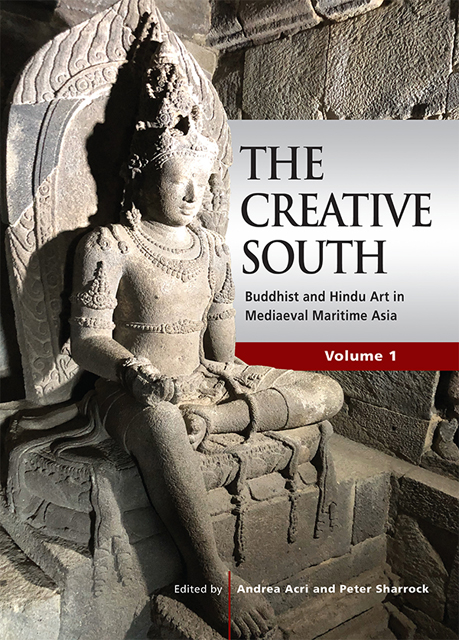2 - From Melayu to Thamel and Back: The Transmigration of the Eight-Armed Amoghapāśa
Published online by Cambridge University Press: 01 September 2023
Summary
The form of Amoghapāśa that has one face and eight arms is generally regarded as part of the Indian pantheon, but the depictions from the subcontinent only began to appear after the downfall of Indian Buddhism in the early 13th century. A thorough survey of the artistic corpus and the salient textual material, which is undertaken here for the first time, shows that this form of the bodhisattva was already widespread throughout the Malayo-Javanese world half a millennium earlier. The eight-armed Amoghapāśa thereby appears to have originated in the Malay Archipelago, and to have spread from there to East Asia and the Khmer Empire. Its South Asian debut came much later, in the monasteries housing foreign monks in the Kathmandu Valley, especially the Vikramaśīla branch monastery in the district of Thamel. Then, in the late 13th century, the eight-armed form finally reappeared in Sumatra and Java, taking centre stage during the Javanese Siṅhasāri dynasty’s occupation of Melayu. The Siṅhasāri images of the bodhisattva show signs of direct input from the subcontinent, which can be linked circumstantially to exiles such as the paṇḍita Gautamaśrībhadra. By this time, the bodhisattva had undergone many transmigrations, from a seafaring deity who saves devotees from the eight great fears to a bodhisattva who stands at the gateway to advanced tantric practice.
The Eight-Armed Avalokiteśvaras From Śrīvijaya
The eight-armed, single-faced form of Avalokiteśvara, who is usually identified as Amoghapāśa, is well represented in the art of the Malay Archipelago. More than twenty sculptures of this form, dated to between the 7th and early 11th centuries on the basis of their style, have been discovered there. An inventory of early depictions originating from this region is provided in Appendix 2.1. Only the two-and four-armed forms of Avalokiteśvara are more frequently represented in the period corpus than the eight-armed form. What has been overlooked so far is the fact that no sculptures of the standing eight-armed form have been found in India; all such examples from the subcontinent are Nepalese. Furthermore, the many written descriptions of this form produced on the subcontinent are also much later than the period of initial diffusion in the Archipelago, and also, it seems, the Nepalese depictions.
- Type
- Chapter
- Information
- The Creative SouthBuddhist and Hindu Art in Mediaeval Maritime Asia, pp. 9 - 65Publisher: ISEAS–Yusof Ishak InstituteFirst published in: 2023



